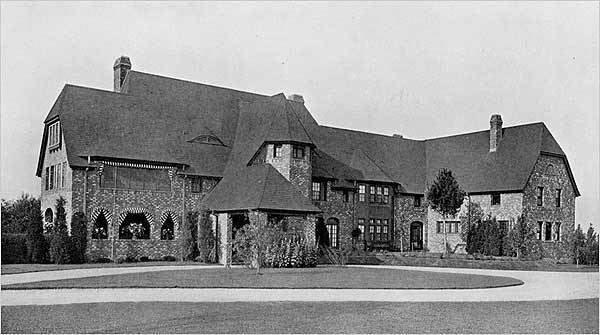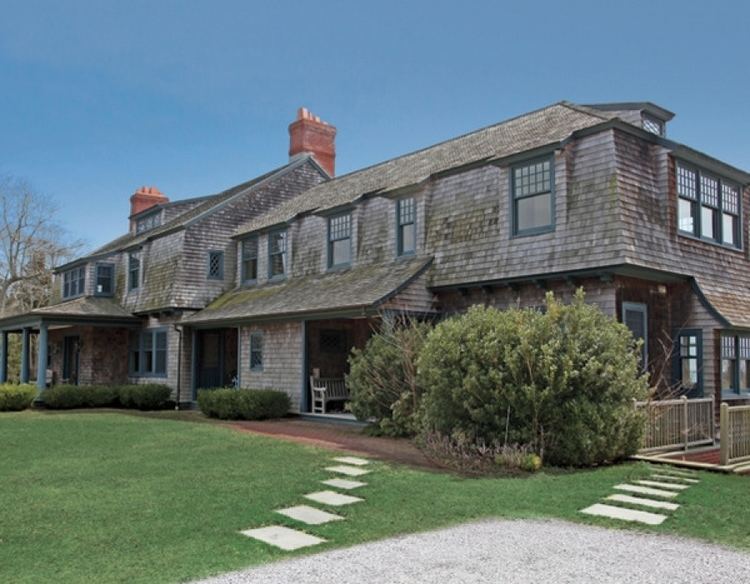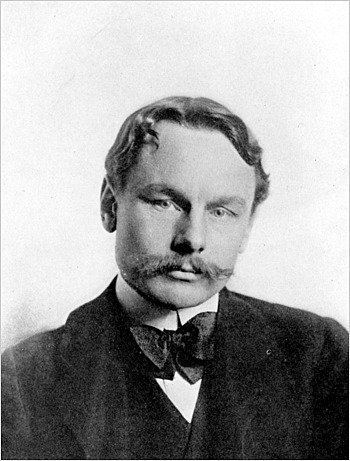Nationality American Name Grosvenor Atterbury | Role Architect | |
 | ||
Full Name Grosvenor Atterbury Occupation Architect, Urban Planner and Writer Known for Forest Hills Gardens (1909)House of the Redeemer (1916)Wereholme (1917)Aldus Chapin Higgins House (1921)Holy Trinity Rectory (1927)Rockefeller Hall (1933) Honors National Academy of Design Structures Holy Trinity Church, Fulton Building, Children's Village of the Hartford Orphan Asylum | ||
24 Old Wagon Rd, Ridgefield CT - Grand Country Manor in Idyllic Setting
Grosvenor Atterbury (July 7, 1869 in Detroit, MI – October 18, 1956 in Southampton, NY) was an American architect, urban planner and writer. He studied at Yale University, where he was an editor of campus humor magazine The Yale Record After travelling in Europe, he studied architecture at Columbia University and worked in the offices of McKim, Mead & White.
Contents

Much of Atterbury’s early work consisted of weekend houses for wealthy industrialists. Atterbury was given the commission for the model housing community of Forest Hills Gardens which began in 1909 under the sponsorship of the Russell Sage Foundation.

For Forest Hills, Atterbury developed an innovative construction method: each house was built from approximately 170 standardized precast concrete panels, fabricated off-site and assembled by crane. The system was sophisticated even by modern standards: panels were cast with integral hollow insulation chambers; casting formwork incorporated an internal sleeve, allowing molds to be "broken" before concrete had completely set; and panels were moved to the site in only two operations (formwork to truck and truck to crane).

Atterbury's system influenced the work of mid-1920s European modern architects like Ernst May, who used panelized prefab concrete systems in a number of celebrated experimental housing projects in Frankfurt. In this way Atterbury can be considered a progenitor of the Modern Movement.

Atterbury was elected to the National Academy of Design in 1918 as an Associate member, and became a full member in 1940.
